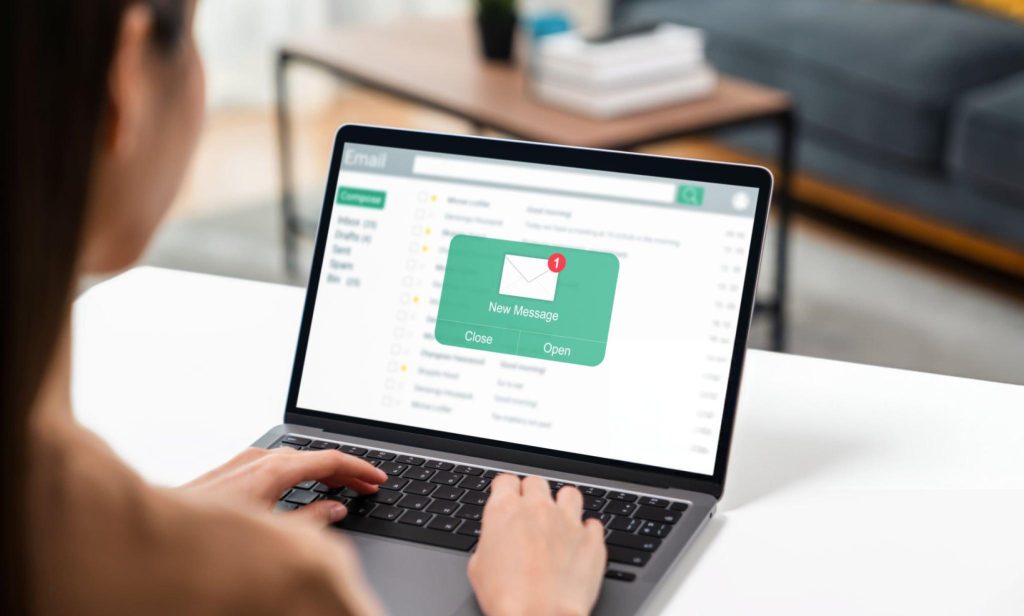
Team communication plays a critical role in how efficiently people work together. Whether it’s discussing a new idea, giving feedback, or sharing a file, the way teams communicate can impact productivity in a big way. While email has been the traditional tool for decades, group chat has become a strong alternative, especially for modern teams that want to move fast and stay connected.
So, when it comes to team communication, which one is better: group chat or email? The answer depends on the context, but let’s break it down. This ongoing debate of Email vs. Chat highlights how communication tools evolve with modern team needs.
Speed and Responsiveness
Email is often slow. People don’t check their inboxes all the time, especially when they’re deep into a task. A response might take a few hours, sometimes even a day. For quick updates or questions, that delay can be frustrating.
Group chat, on the other hand, is designed for real-time communication. When you send a message in a team group chat, your teammates are notified instantly. Even if they’re not available at that moment, they’ll see the message as soon as they’re back. This makes chat more practical for urgent or ongoing discussions.
Real-life example: A design team needs quick feedback on a logo draft. Sending it by email may lead to a day’s delay. But dropping it in the project’s group chat often gets instant reactions from multiple team members.

Clarity and Organization
Emails are more structured. You write a subject line, include greetings, and format the message. This is useful for formal communication, detailed proposals, or client-facing updates.
Group chat is more informal and fast-paced. Messages are shorter and more direct. Channels or threads help organize conversations by topic or department, but if a chat becomes too long or off-topic, it can get messy.
For example, a team might use email to send the final client presentation, but chat to brainstorm ideas or share quick internal updates.
Best Use:
- Use email for documentation, summaries, or external communication.
- Use group chat for day-to-day teamwork and immediate collaboration.
Collaboration and Transparency
One of the strongest advantages of group chat is team visibility. When everyone is part of the same channel, they stay informed. Discussions happen openly, reducing the need to forward long email chains or copy multiple people unnecessarily.

Email often leads to information gaps. If someone’s not included in the thread, they’re out of the loop. Plus, it’s harder to keep track of updates across multiple replies and forwards.
In a group chat, transparency is easier. You can @mention someone to bring them into a conversation, share files instantly, and even react with emojis to keep the tone light and engaging.
A good example of this in action is seen with platforms like Melp team collaboration software, where teams can create topic-based chat channels for specific projects, departments, or tasks. This makes it easier to organize conversations, avoid clutter, and ensure that the right people are involved in the right discussions. Instead of juggling multiple email threads, everything stays in one place — structured, searchable, and easy to follow.
Interruptions and Focus
While chat is fast, it can also be distracting. Constant notifications may interrupt deep work. Some employees feel pressure to reply quickly, even when they’re focused on a task.
Email, by nature, is less intrusive. People check it a few times a day, which means fewer interruptions. It supports a more thoughtful and focused work style.
Many teams now balance both tools. For example, they turn off chat notifications during focus hours and check emails during scheduled breaks.
Remote and Hybrid Work Needs
In remote and hybrid environments, group chat has become essential. It helps recreate the feeling of working side by side. Teams can share updates, celebrate wins, or even chat casually — all of which help maintain connection when people aren’t physically together.
Email alone doesn’t support this kind of ongoing interaction. It feels more formal and doesn’t encourage the kind of quick, casual exchanges that build team culture.
Final Verdict
There’s no one-size-fits-all answer. Both group chat and email have their place in team communication.
- Choose group chat when you need speed, collaboration, and real-time interaction.
- Choose email for formal messages, documentation, and detailed information that needs structure.
Most modern teams use both chat for fast-moving work and email for important records. The key is to set clear guidelines so that everyone knows when to use which tool. When used together the right way, group chat and email can complement each other and create a balanced, efficient communication system.
Email vs. Chat: A Real-Life Scenario from the Workplace
During a busy product launch, a project manager emailed the development team with a list of final updates. Since it was one of many emails that day, it went unnoticed until the following afternoon. By then, the deadline had passed, and the changes were no longer useful.
After this, the team agreed to share last-minute updates through their group chat. In a later project, when a similar situation came up, the manager dropped the update in the chat channel. Within minutes, developers saw it, responded, and made the changes in time.
This example of Email vs. Chat shows how choosing the right tool for urgent communication can make a difference between missed opportunities and smooth execution.
Chat vs. Email: A Feature-by-Feature Comparison
Most modern teams use both chat for fast-moving work and email for important records. The key is to set clear guidelines so that everyone knows when to use which tool. When used together the right way, group chat and email can complement each other and create a balanced, efficient communication system.
To help you decide, let’s take a closer look at how Chat vs. Email compares across key areas of team communication.
| Area | Group Chat | |
|---|---|---|
| Speed & Responsiveness | Built for real-time messaging; great for quick questions and updates | Slower replies; people check it a few times a day |
| Clarity & Organization | Informal and fast; can get messy if not managed well | Structured format; ideal for formal updates and summaries |
| Best Use | Daily teamwork, quick decisions, internal collaboration | Client-facing messages, documentation, or formal communication |
| Team Visibility | Everyone in the channel stays informed; easy to loop others in | Limited to those copied; risks people missing out |
| Ease of Collaboration | Instant feedback, @mentions, file sharing in one place | Long threads, forwarding chains, harder to track updates |
| Focus & Distraction | Can interrupt deep work due to frequent pings | Less intrusive; allows more thoughtful responses |
| Remote & Hybrid Suitability | Builds connection and team culture with casual, ongoing chat | Feels formal; lacks warmth or spontaneity |
Bring Your Team Together with Melp
Tired of slow emails and scattered messages?
Melp gives you fast, organized, real-time chat built for modern teams.
Sign up for Melp today and simplify how your team communicates.